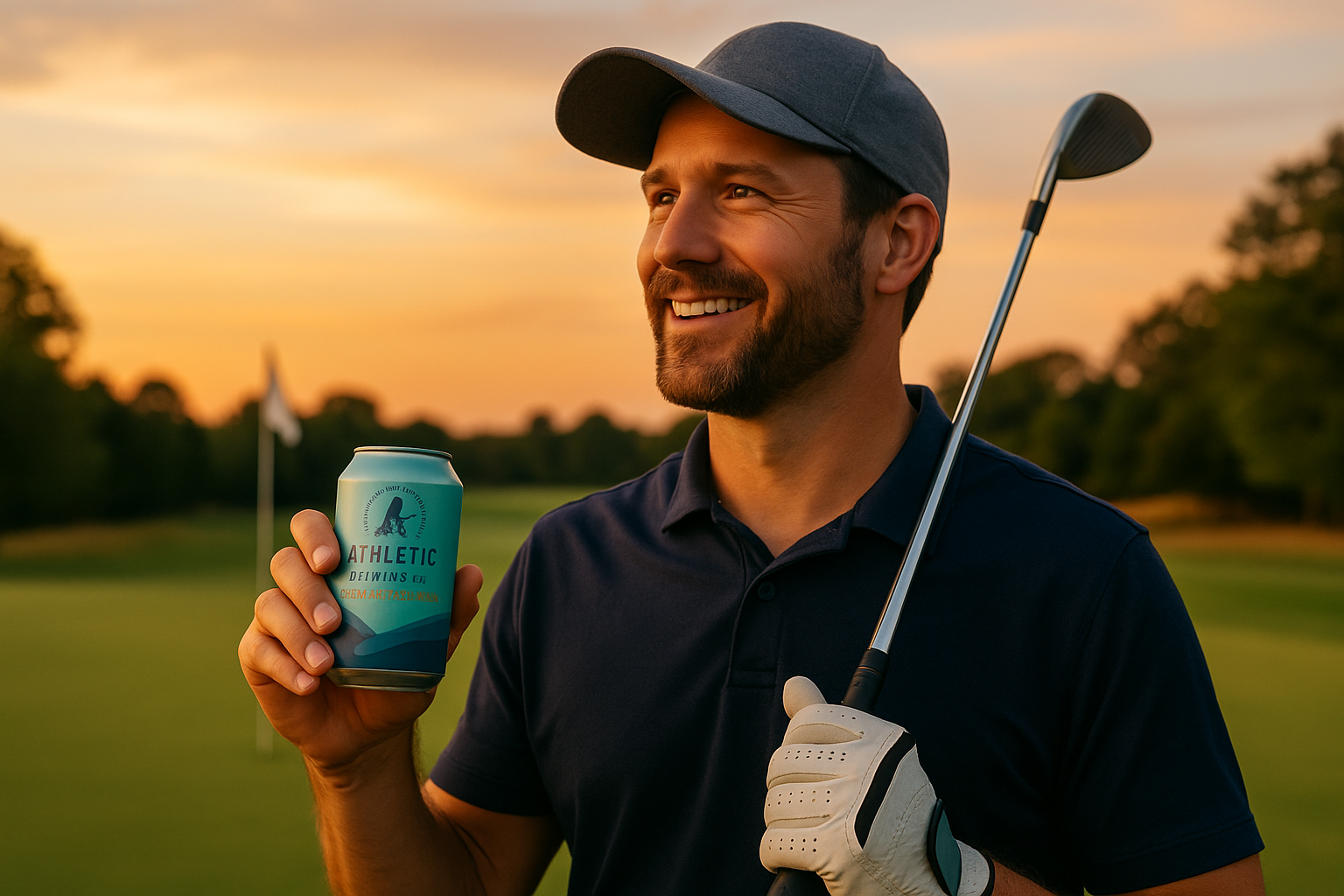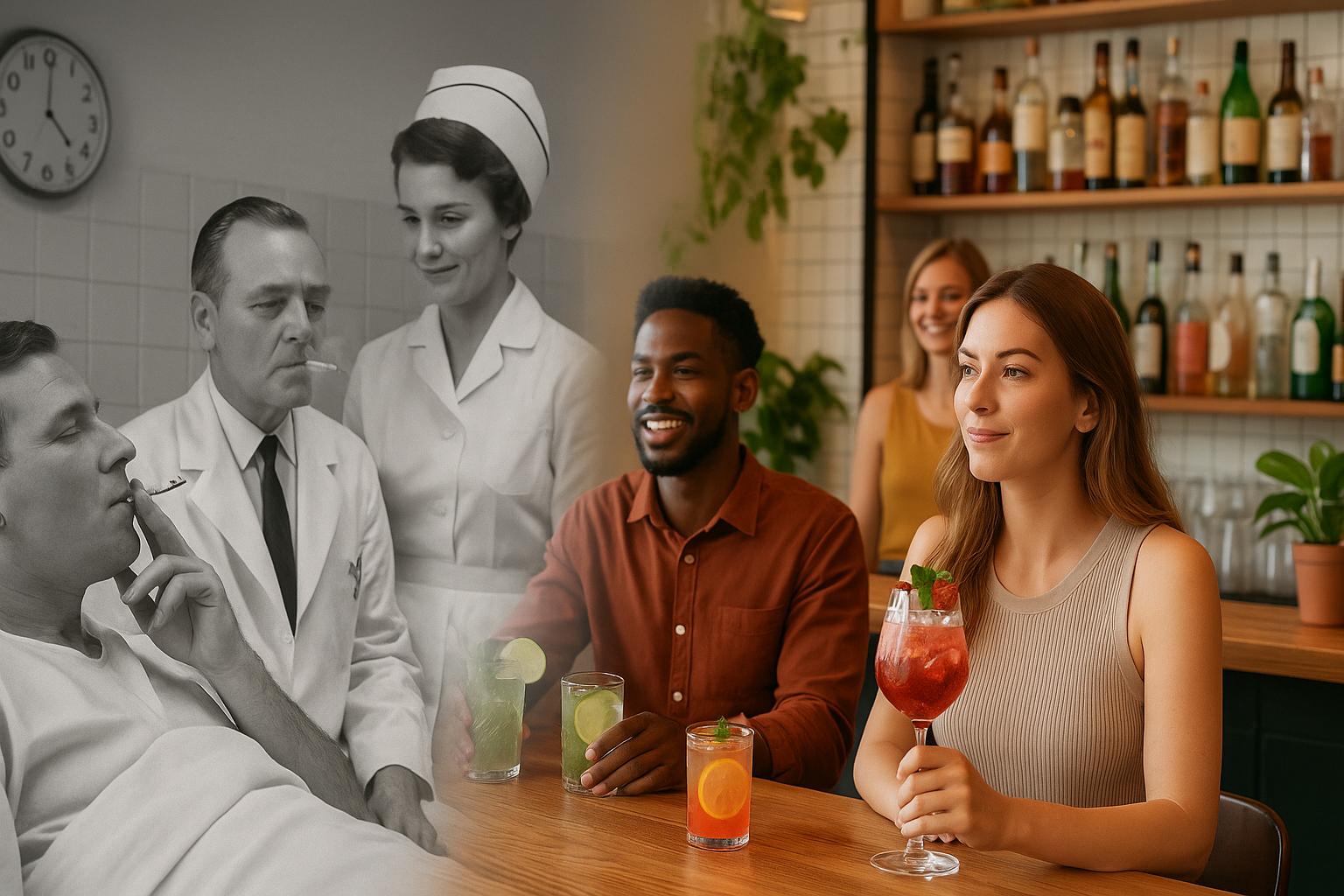There’s a quiet transformation happening in the glass. Not a rebellion, not a detox—just a smarter, more intentional approach to enjoying what we drink. Low- and no-alcohol options have gone from curiosity to craftsmanship, and the growth numbers tell the story. The non-alcoholic wine market, currently around $2.5 billion, is projected to hit nearly $7 billion within the next decade. In craft beer, brewers are finding that low-ABV and 0.0% brews are where the most exciting innovation lies.
If you’re in your 30s or 40s, chances are you’ve started to appreciate the finer details—balance, finish, and how a drink fits into your lifestyle. You might still love a good bourbon, but you also know that a 12% IPA doesn’t pair well with early morning meetings or an 8 a.m. tee time. That’s where the new generation of “mindful drinkers” comes in. They’re not abstaining; they’re adjusting. They still seek craftsmanship, story, and satisfaction—just with fewer strokes on the scorecard.
Brewers and winemakers are stepping up their game. Gone are the watery “near beers” of the past. Today’s low- and no-alcohol brews layer hops like an artist builds texture—citrus on top, floral in the middle, toasted malt underneath. De-alcoholized wines are being made with traditional varietals, slow-fermented and gently processed to preserve mouthfeel and character. These drinks aren’t cutting corners—they’re finding new fairways.
And here’s the fun part: the pairing possibilities are endless. A non-alcoholic IPA with spicy fish tacos, or a zero-proof rosé with summer salads and grilled shrimp, can elevate a meal without slowing you down. Even in fine dining, sommeliers and chefs are designing menus that include mindful options, allowing guests to enjoy the full sensory experience without sacrificing sharpness or stamina.
As someone who’s spent a career judging, pouring, and teaching about wine, beer, and spirits, I’ve come to see this shift as a sign of maturity in the industry. We’re no longer chasing ABV; we’re chasing artistry. It’s like learning that a controlled swing can get you closer to the pin than a full-throttle drive. There’s grace in restraint—and plenty of joy left in the glass.
So the next time you’re out, don’t skip the 0.0 section of the menu. Ask questions. Look for the makers treating these drinks like a craft, not a concession. Taste them with curiosity, not skepticism. Because the future of drinking isn’t about removing the alcohol—it’s about rediscovering the flavor, the balance, and the story behind every pour.









